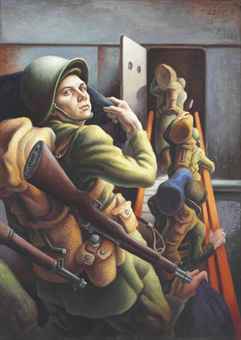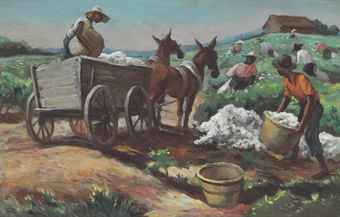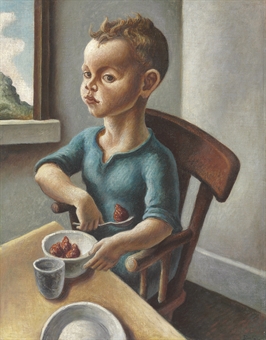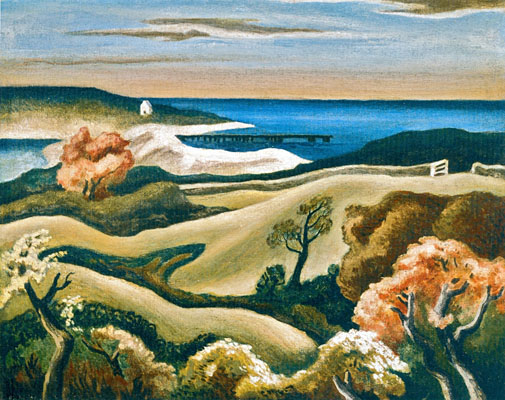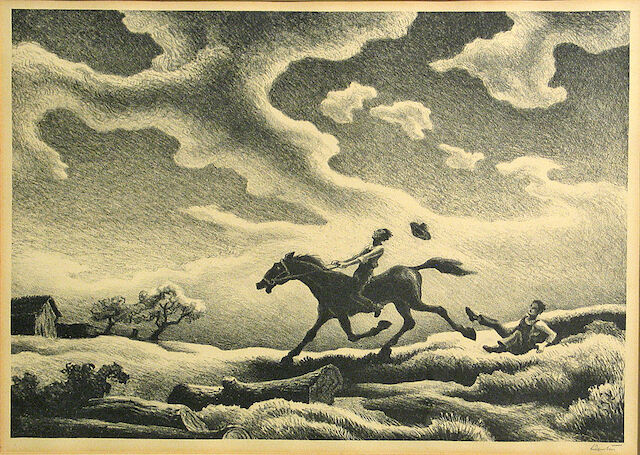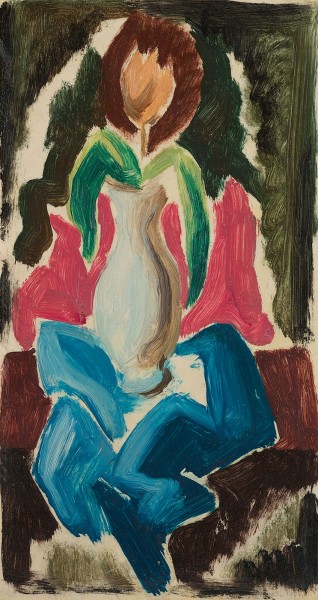Biography - Questroyal Fine Art, LLC, New York, New York
By Amy Spencer
Benton’s paintings were widely loved for their reassuring images of the American heartland during two World Wars and the Great Depression.
I. Biography
Thomas Hart Benton is best known for his patriotic murals that heroically depict American life during the first half of the 20th century. Born into a prominent Mid-western family of politicians, Benton grew up moving between rural Missouri and the political arena of Washington D.C..
Rejecting his grooming as a future politician, Benton developed an interest in art at an early age. Despite this rebellion, over the course of Benton’s painting career, his outspoken comments, nationalistic views, and socially charged images, marked him as a politician’s son. At the peak of his career in the 1930s, Benton was a key member of the Regionalist movement along with fellow Midwestern artists, Grant Wood and John Steuart Curry.
Thomas Hart Benton was born in Neosho, Missouri in 1889. He was named for his great-uncle, the five-term serving first Missouri senator. Many of Benton’s other family members were 19th century political luminaries, and as a child Benton’s drawings reflected his upbringing surrounded by old political frontiersmen; his favorite subjects were Native Americans and railroads.
After graduating from high school Benton enrolled at Chicago Art Institute in 1907, where he took up painting. In 1909, Benton travelled to Paris to continue his art studies at the Académie Julian. In France, Benton met expatriate artists such as John Marin, Jacob Epstein, André Lhote, Leon Kroll, Diego Rivera, Morgan Russell, and Stanton Macdonald-Wright. The influence of these artists saw Benton’s early works explore a range of Modernist styles; Impressionism, Pointillism, Synchromism, and Constructivism.
Benton returned to America to settle in New York City in 1913. He had his first series of works shown at Anderson Gallery in 1916 in the ‘Forum Exhibition of Modern American Painting’. His paintings from this exhibition show highly generalized experimentations with color and form – evocative of Russell and Macdonald-Wright’s theories of Synchromism – although Benton never completely abandons representational imagery.
During World War I, Benton served in the U.S. Navy based at Norfolk, Virginia. Benton’s job in the navy was to sketch the activities of the shipyard, and to create drawings of camouflaged ships that came into harbor (for the purpose of identifying them if they were destroyed). During his two years in Nolfolk, Benton spent his evenings reading American history texts. After he was discharged in 1919, Benton returned to New York City, where he had an exhibition of his Navel Base drawings at Daniel Galleries.
In 1922, Benton married Rita Piacenza. The couple had a son, Thomas Piacenza Benton in 1926. The same year Benton started working as a teacher at the Art Students League (his most notable student was Jackson Pollock). Benton and Piacenza had a daughter, Jessie, in 1939.
In 1924, Benton published the essay, ‘Form and the Subject’.[1] This essay signified the beginning of Benton’s break from the Modernist movement. His future work moved determinedly away from abstraction, as he utilized the objective drawing skills he had developed while in the Navy. Benton’s first ambitious project in this new mode was to create a series of paintings that would chart American history and culture. Every summer between 1925 and 1928, as research for this project, Benton set out exploring the countryside searching for all that was quintessentially American. Walking fifteen to twenty miles per day, Benton wandered through the Eastern states; New York, New Jersey, Pennsylvania; the Midwest, and further afield to Texas, Arkansas, and Tennessee.
The American Historical Epic series, born from Benton’s travels, was exhibited at the Architectural League in the mid-1920s. These bold large-mural size works were quite controversial, as their monumental sculptural figures were in opposition with modern theories that promoted a large-canvas should remain relatively flat so as to harmonize with the wall (as championed by Frank Lloyd Wright). Benton’s three-dimensional effects oppose this idea, as his figures appear to push out of the canvas and into the room with the spectator.
Following The American Historical Epic, Benton became heavily involved with public and private commissions, as his nationalistic images translated into popular murals. Benton’s first commission was to create murals for the New School for Social Research’s first building at 66 West 12th Street in New York in 1931. This project, entitled Modern America, was both widely praised and criticized. Benton’s next project, murals for the library at the Whitney Museum of American Art created in 1932, was equally controversial. Some socially radical groups attacked the work for being too provincial, however favorable press reviews praised Benton for speaking “the plain language of the Midwest”.[2] (When the Whitney moved venues in 1954, Benton’s library murals were given to New Britain Museum of American Art in Connecticut.)
In 1933, Benton created murals of Indiana life for the Chicago World’s Fair. These murals represent Benton’s breakthrough into the mainstream public consciousness; they were very well received although some criticism was directed at Benton’s decision to depict Ku Klux Klan members. The following year, Benton exhibited with Wood and Steuart Curry at Ferargil Galleries in New York. This exhibition confirmed these artists as the key proponents of Regionalism, as defined by the artists’ expressions of nationalism and romanticism conveyed through realistic depictions of everyday American life. Benton was featured on the cover of Time magazine in 1934.
In 1935, Benton was offered a job as head of the painting department at the Kansas City Art Institute. He accepted and moved to Missouri, seeing it as a chance to escape all the controversy he has caused in New York. While living Missouri, Benton was highly productive outside his teaching schedule. Highlights of Benton’s career over the next six years include producing his most famous mural, A Social History of Missouri (1937) for the Missouri State Capitol, illustrating numerous books and magazine articles, and having several exhibitions of his paintings in Chicago, Kansas City, and New York.
Over the course of his career, Benton had a tendency for making pugnacious statements, as he admitted he enjoyed deliberately stirring up the press and art establishment. In 1941, Benton made some remarks at an informal press conference about the staff at the Kansas City Art Institute that led to him being dismissed from the school. After this incident, Benton moved away from social commentary, and spent the last years of his career painting stylized images of pre-industrial farms and landscapes.
Significant late-career mural commissions include Lincoln (1953) at Lincoln University; Old Kansas City (1956) for the Kansas City River Club; Father Hennepin at Niagara Falls (1961) for the New York Power Authority; Turn of the Century, Joplin (1972) in Joplin, Missouri; and The Sources of Country Music (1975) at the Country Museum Hall of Fame.
Benton died in his studio in 1975. In 1977, his residence in Kansas City became the Thomas Hart Benton Home and Studio State Historic Site.
As a central figure of the Regionalist movement, Benton created an endearing pictorial history of American culture and society during the 1930s and 1940s, as he used his art to elevate the everyday experiences of people and places into monumental events. Benton’s paintings are collected by every major museum of American art, including the Whitney Museum of American Art, the National Gallery, the Los Angeles County Museum of Art, and the Museum of Fine Arts, Boston.
II. Chronology
1889 Born in Neosho, Newton County, Missouri
Great-uncle is Thomas Hart Benton, the five-term serving Missouri senator
1900-04 As a teenager becomes interested in the Old American West, after meeting Buffalo Bill and Geronimo, and seeing works by Frederic Remington
1907 Enrolls at the Institute of Chicago to study painting
1909 Travels to Paris to study at Académie Julian
While in France meets Marin, Jacob Epstein, André Lhote, Leon Kroll, Diego Rivera, Morgan Russell, and Stanton Macdonald-Wright
1912 Moves to New York City
For a few years struggles to make a living from painting
1916 First paintings shown in the ‘Forum Exhibition of Modern American Painting’ held at Anderson Galleries
Begins to sell the occasional picture
Joins the People’s Art Guild
1917 Enlists in the Navy, stationed in Norfolk, Virginia
Develops representational style drawing scenes of the Navel Base
1922 Marries Rita Piacenza
1924 Publishes first paper, ‘Form and the Subject’, Arts Magazine, June
1926 Takes first of many trips through rural and small-town America, searching for subjects for his paintings
Begins teaching at the Art Students League, New York
1931 First mural commission, Modern America, completed for the New School in New York City
Meets John Steuart Curry and forms lasting friendship with him
1932 Completed murals for the library at the Whitney Museum of American Art
1933 Exhibited murals covering the theme of social evolution in Indiana at the Chicago Word’s Fair, they are well received although some criticism is directed at Benton’s depiction of Ku Klux Klan members in full regalia
1934 Meets Grant Wood
Has exhibition with Wood and Curry at Ferargil Galleries that is catalyst for these artists being known as key members of the Regionalist movement
1935 Begins teaching at the Kansas City Art Institute
1937 Paints most famous mural, A Social History of Missouri (1937), for the Missouri State Capitol
1941 Is fired from the Kansas City Art Institute after making disparaging references about other staff members in a press interview
Illustrates Grapes of Wrath and Huckberry Finn for Limited Editions
1946 Works with Walt Disney on American operetta, abandons project after realizing has different vision for the project than Disney
1949 Returns to Europe, visiting Italy and France (visits again in 1952)
1953 Paints the mural Lincoln at Lincoln University
1954 Visits Spain on a study trip
1956 Completes Old Kansas City for the Kansas City River Club
1961 Mural, Father Hennepin at Niagara Falls, is revealed at the New York Power Authority
1972 Mural, Turn of the Century, Joplin, is completed in Joplin, Missouri
1975 Finishes last mural, The Sources of Country Music, at the Country Museum Hall of Fame in Nashville, Tennessee
Dies while painting in his studio
Doyle New York was honored to auction Prints and Books from The Creekmore and Adele Fath Charitable Foundation Collection of Austin, Texas on November 8, 2011. This important single-owner sale brings together Mr. Fath's two most enduring passions -- politics and art.
With competitive bidding from buyers in the salesroom, on the telephones and via the Internet, the sale totaled $566,781,surpassing the pre-sale estimate of $315,250-463,700, with a strong 91% sold by lots and 98% sold by value.
Strong prices were realized for
Benton’s iconic Going West,1934, which sold for $28,125;
Threshing, 1941, which reached a record $6,250;
The Race, 1942, $10,000
and Running Horses,1955, a record $8,125.
Mr. Fath's collecting extended to other American regionalists such as Grant Wood, Reginald Marsh, John Steuart Curry, William Gropper and George Bellows, as well as works by the Mexican social realists they so admired -- Diego Rivera, Jose Clemente Orozco and David Siquieros.
Benton’s iconic Going West,1934, which sold for $28,125;
Threshing, 1941, which reached a record $6,250;
The Race, 1942, $10,000
and Running Horses,1955, a record $8,125.
Mr. Fath's collecting extended to other American regionalists such as Grant Wood, Reginald Marsh, John Steuart Curry, William Gropper and George Bellows, as well as works by the Mexican social realists they so admired -- Diego Rivera, Jose Clemente Orozco and David Siquieros.
All prices include the Buyer's Premium.
CREEKMORE AND ADELE FATH
Creekmore Fath (1916-2009) was an influential figure in Texas politics. After law school at the University of Texas, where he co-founded the campus Progressive Democrats, he moved to Washington to serve in the FDR administration and then the Democratic National Committee. He married Adele Hay in 1947 and moved back to Austin, where he ran unsuccessfully for Congress as a liberal New Dealer. He spent the rest of his live as a sought-after political consultant and kingmaker and a standard bearer for progressive politics.
Adele Hay Fath (1917-2007) was the daughter of New York socialite Alice Appleton Hay and anthropologist Clarence Hay, the son of John Hay, Lincoln’s private secretary. Mrs. Fath followed her husband to Austin, where she became a prominent hostess and philanthropist.
PRINTS BY THOMAS HART BENTON
In 1939, after receiving his first fee as a lawyer, Mr. Fath ordered his first Benton lithograph for $5 from Associated American Artists. Mr. Fath's quest to locate and purchase as many Benton prints as possible culminated in the publication of his highly respected catalogue raisonne of the artist's lithographs, years of personal friendship with the artist, and the largest private collection of Benton prints outside the artist's family. The Fath Collection comprised all but a few of the approximately 100 lithographs thatBenton created, including several not listed in the catalogue raisonne. Among the highlights were the iconic works Going West, 1934; (above)
Wreck of the Ol' 97, 1944;
and Jesse James, 1936.
Christie's 2015
In 1939, after receiving his first fee as a lawyer, Mr. Fath ordered his first Benton lithograph for $5 from Associated American Artists. Mr. Fath's quest to locate and purchase as many Benton prints as possible culminated in the publication of his highly respected catalogue raisonne of the artist's lithographs, years of personal friendship with the artist, and the largest private collection of Benton prints outside the artist's family. The Fath Collection comprised all but a few of the approximately 100 lithographs thatBenton created, including several not listed in the catalogue raisonne. Among the highlights were the iconic works Going West, 1934; (above)
Wreck of the Ol' 97, 1944;
and Jesse James, 1936.
Christie's 2015
PR.$626,500
Christies 2009
Christie’s 2008
THOMAS HART BENTON (1889-1975)
PRAIRIE LANDSCAPE WITH CORRAL AND HORSE
PR.$18,750
THOMAS HART BENTON (1889-1975)
JUNE MORNING STUDY
PR.$103,000
Christie’s
2006
Christie's 2005
Christie’s 2001
Christie's 2000
PR.$28,200
More Christie's
Bonhams 2006
Thomas Hart Benton;
Spring Tryout;
Christie's 1998
More Christie's
The New Pony
PRICE REALIZED
Shipping Out
PRICE REALIZED
Study for Father Hennepin at Niagara Falls
PRICE REALIZED
The Plains
PRICE REALIZED
$725,000
Cotton Picking and Loading
PRICE REALIZED
$665,000
TP Three Years Old
PRICE REALIZED
On Leave
PRICE REALIZED
Martha's Vineyard
PRICE REALIZED
Still Life
PRICE REALIZED
Menemsha Pond
PRICE REALIZED
$110,500
Bonhams 2006
Thomas Hart Benton;
Spring Tryout;
Sold for US$ 2,151


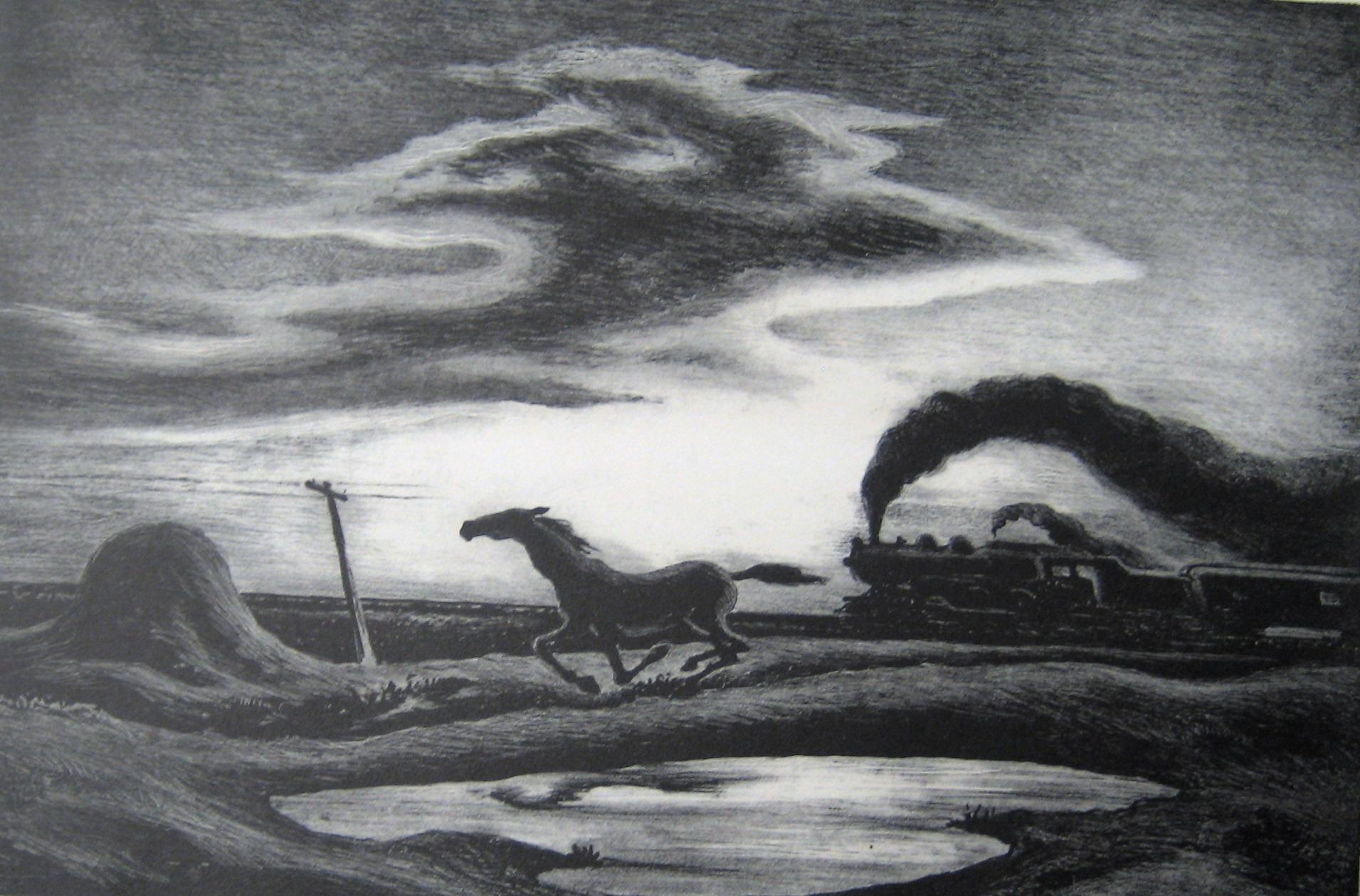



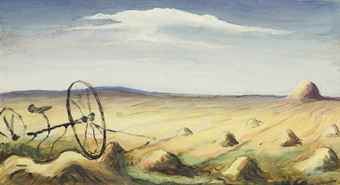
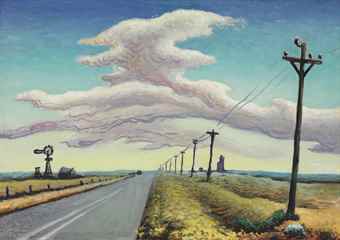
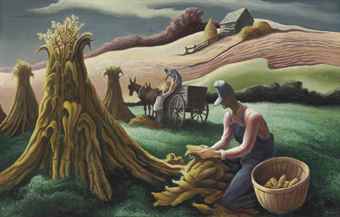
%2BCotton%2BPicking%2Band%2BLoading.jpg)
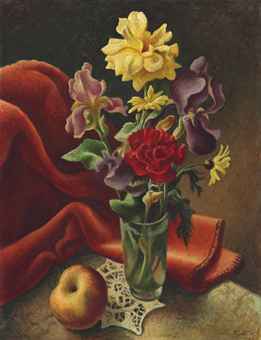


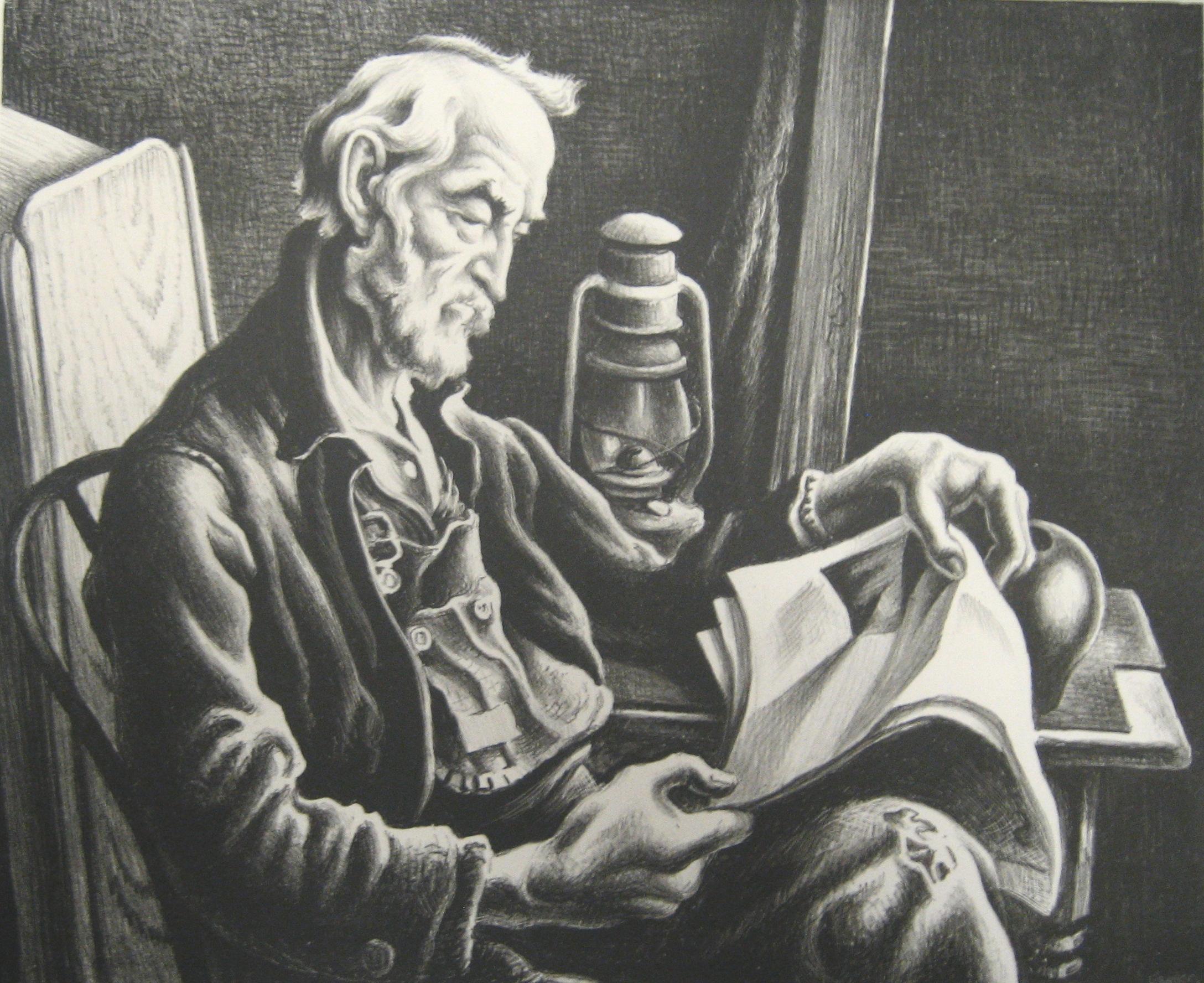
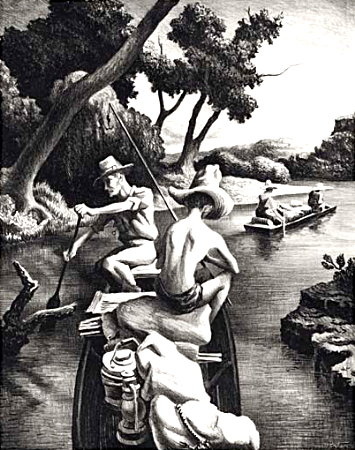
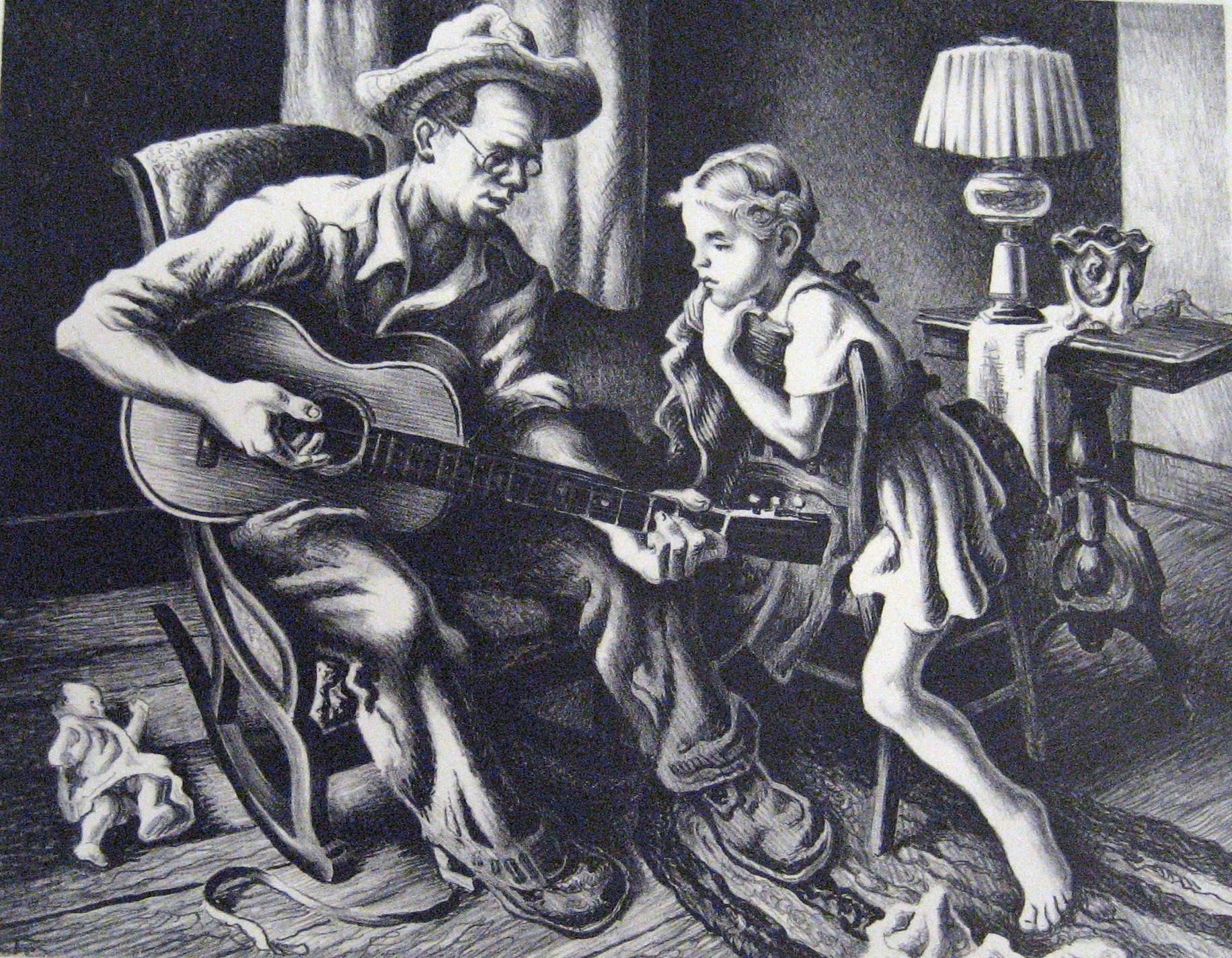

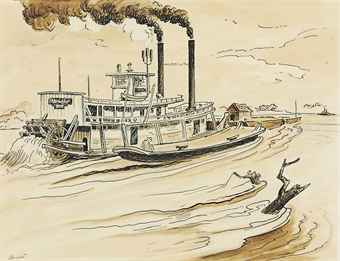
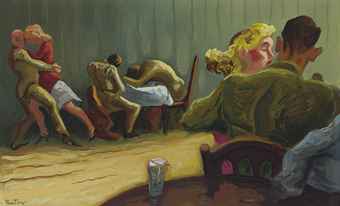
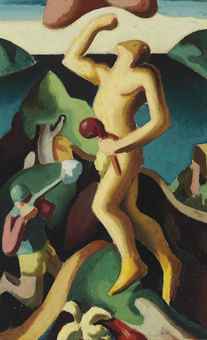
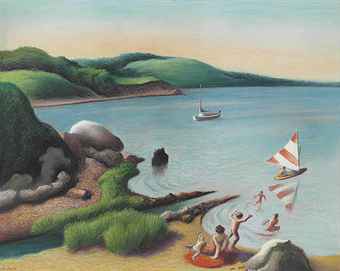
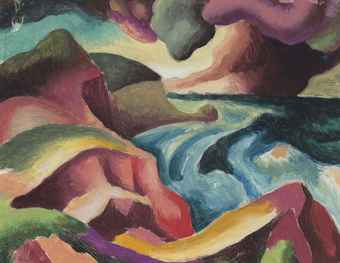
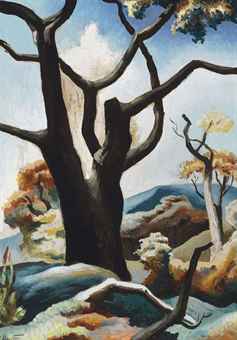
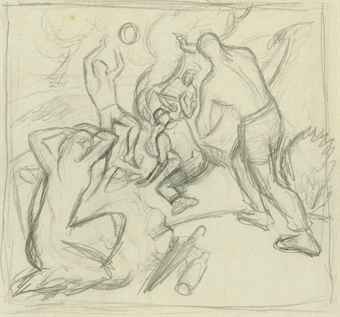
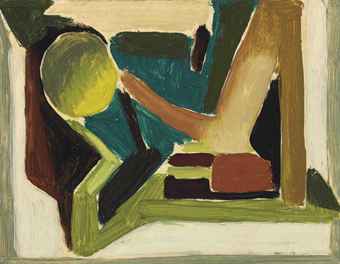
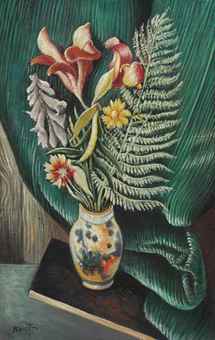
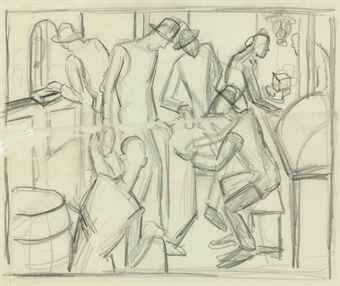
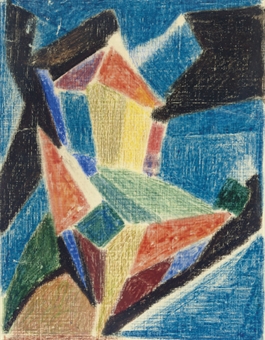
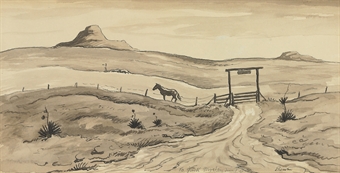
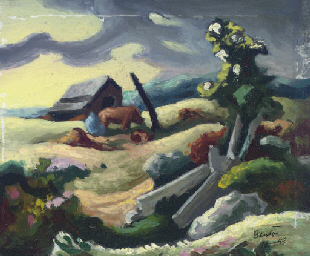
%2BTP%2B3%2BYears%2BOld.jpg)
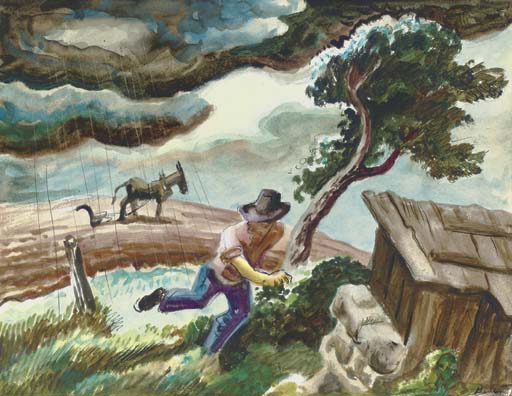
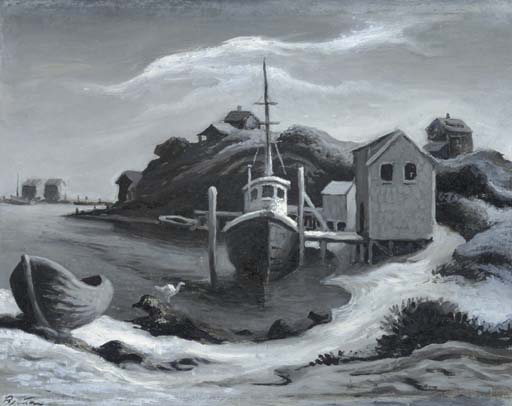

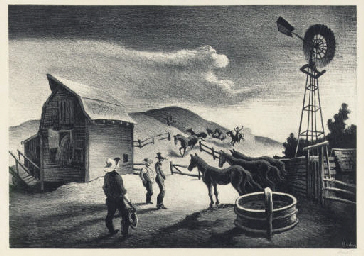



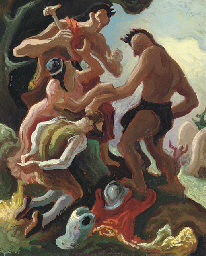
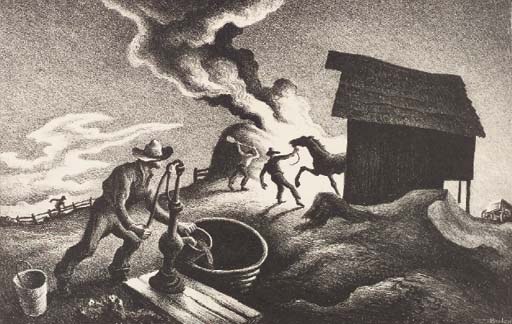










%2BThe%2BNew%2BPony.bmp)
